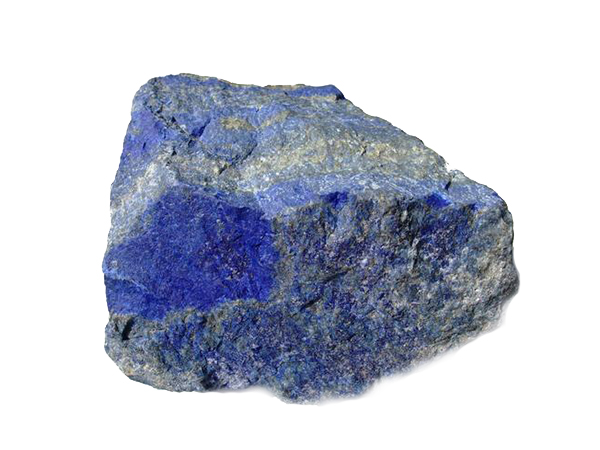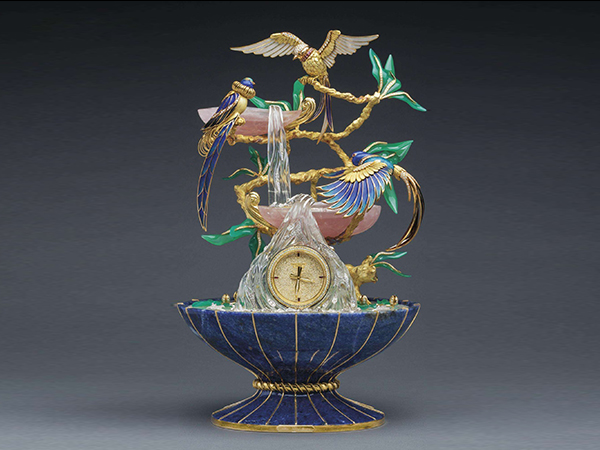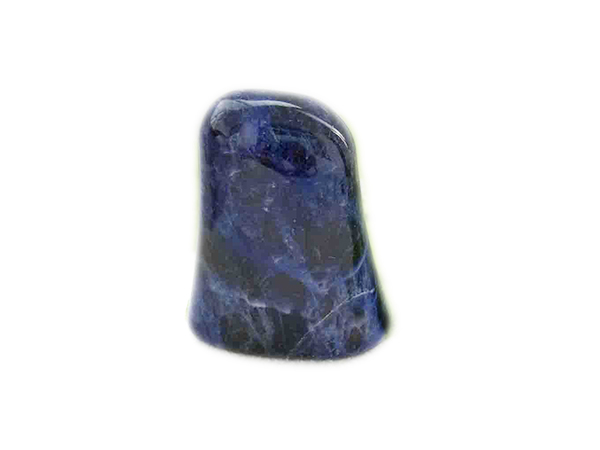SODALITE

The main distinguishing point is that lapis lazuli is a combination of many minerals, with pyrite particles and calcite distributed in the shape of star or lump.As a kind of feldspar - like mineral, quadrate sodium aluminosilicate contains chloride.Because its color is similar to lapis lazuli, it is also called "Canadian lapis lazuli" or "bluestone" commercially.
Introduction to the.
As a kind of feldspar - like mineral, quadrate sodium aluminosilicate contains chloride.Square sodium stone including hydroxysquare sodium stone, tetrahedrite, blue square stone, different kinds of square sodium stone color is also different.The shadow of tetrahedrite is often seen in volcanic ejecta. Its colors are gray, brown, blue, etc.Blue square stone besides blue, still have white, gray, green to wait.It is a common gem found in France, Brazil, Greenland, Russia, Burma, Romania and North America.
Shape features
It is usually blue, with a few being white, green, red, purple or grey.Crystals are quite rare and occur in nature in the form of lumps, granules or nodules.Show vitreous burnish commonly, in cleavage face, it is grease burnish.Squarestone is a silicate mineral containing sodium, aluminum, and chlorine. When nitric acid is added and silver nitrate is added, a white silver chloride precipitate is produced.When chlorine is replaced by sulfur, Hackmanite is formed.Because of its resemblance to Lazurite in appearance, it is often used as a substitute for lapis Lazurite in the gem market. However, it rarely contains the characteristic pyrite inclusions of lapis Lazurite.
Physical properties
Crystal system: equiaxed crystal system
Crystal: diamond dodecahedron, cubic dodecahedron, octahedron
Aggregate type: granular, block, tuberculous
Hardness: 5.5 ~ 6
Cleavage/fracture: {110} cleavage: bad to clear;Jagged to shell-like fracture
Gloss: glassy sheen
Colour: blue, grey, white, green or red
Stripe: white or very light blue
Specific gravity: 2.14 ~ 2.30 g/cm3
Others :
(1) under ultraviolet radiation, often produce orange or orange-red fluorescence
(2) brittle
(3) translucent to opaque
(4) when heated and melted, it will foam and become colorless glass
The chemical characteristics of
Chemical composition: Na4(Al3Si3O12)Cl
Chemical classification: silicate
Chemical properties :
(1) a white silver chloride deposit can be produced by adding sodium quadrate to nitric acid and adding silver nitrate
(2) dissolved in hydrochloric acid
(3) occasionally small amounts of potassium in the composition

It is rare in nature. It is mainly produced in alkaline rocks rich in sodium and poor in silicon, such as nephrine syenite, coarse face rock and ring rock and other igneous rocks or contact metamorphic silicokarite. It is often symbiotic with nepheline, leucite, feldspar, zircon and other minerals.
In addition, the urals of Russia, Vesuvius of Italy, Norway, Germany and Bolivia all have the production of the square sodium stone. A kind of bright blue almost transparent square sodium stone is found in southwest Africa.
Important origin
(1) Litchfield and West Gardiner in Maine, Red Hill in New Hampshire, Salem in Massachusetts, Magnet Cove in Arkansas, Cripple Creek in Colorado, etc.
(2) eastern Mt. St.-hilaire, Quebec, Ontario, Davis quarry and Bancroft, and the Ice River complex, British Columbia.
(3) Kangerdluarssuk, Tunugdliarfik fjords, Greenland.
(4) Langesundfjord area, Norway.
(5) Scarrupata and Mte. Somma, Campania, Italy, and Val di Noto, Sicily.
(6) Laacher See area in Eifel, Germany.
(7) Miask and Kola Penin, Ilmen Mts., Russia.
(8) Kishengar, Rajputana, India.
(9) Gil Ju Co, Ham Gyong North Prov.
(10) Tiahuanaco, Bolivia.
Identification of characteristics.
(1) mostly blue.
(2) white or near white streaksv.
(3) specific gravity 2.14 ~ 2.30.
(4) soluble in hydrochloric acid.
(5) when nitric acid is added and silver nitrate is added, a white silver chloride deposit will be generated
Common varieties.
Hydroxyl squarestone.
Na8Al6Si6O24·(OH)2(H2O)2 is composed of quadriterite. OH in quadriterite is often replaced by Cl.Hydroxyl squalite is composed of Na8Al6Si6O24·(OH)2. The XRD spectra of hydroxyl squalite and squalite show that they have the same structure.Zeolite X, zeolite A, and calcite are all composed of the same beta characteristic cage. The beta cage is connected by A double six-membered ring to form zeolite X, by A double four-membered ring to form zeolite A, and by A coplanar connection to form calcite.
Tetrahedrite crystal rare, dodecahedral, most of the block or granular, color diversity ~ none, white, gray, light blue, hardness 5.5 ~ 6.Usually the crystals are embedded in the volcanic rocks, and the ore shows rare transparent columnar crystals.Usually the crystals are embedded in the volcanic rocks, and the ore shows rare transparent columnar crystals.
Blue stones
Hauyne a sodium calcium aluminum silicate containing sulfate.Chemical formula:Na6ca [alsio4) 6 (so4) or written (na, ca) 4 to 8 [a1si (o, s) 4] 6 (so4, c1) 1-2, often containing trace amounts of potassium. The cubic system. Crystal show dodecahedron or octahedron, more often assumes the circular granular and granular aggregate. Deep blue - sky blue, also have white, grey, yellow, shallow green, shallow red. Transparent - opaque. Glass - oily luster.

